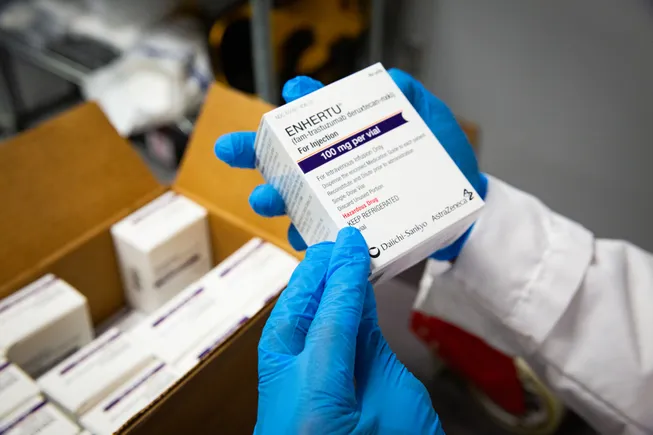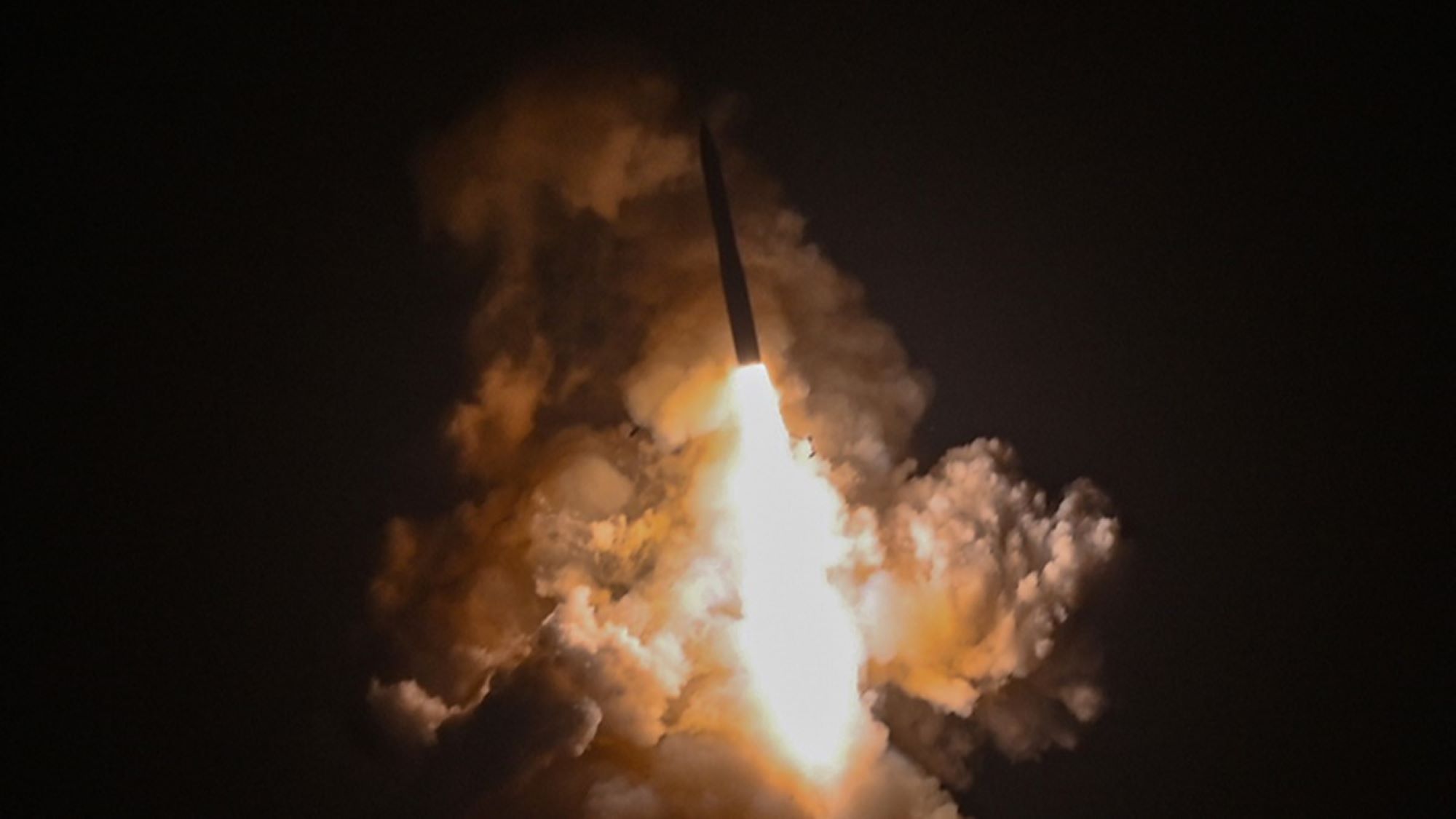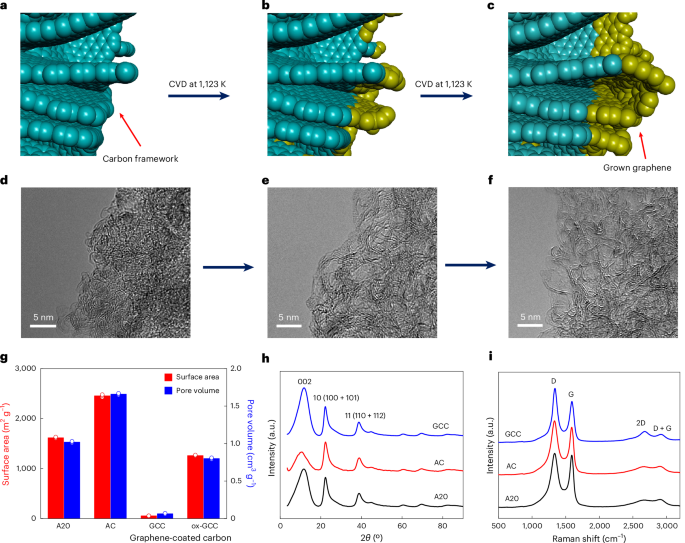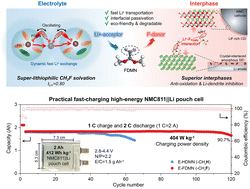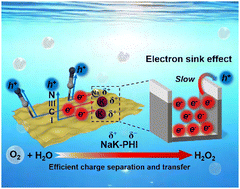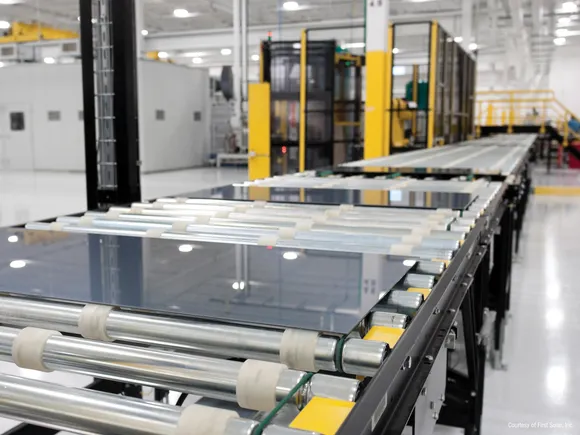Relocating Conjugated 2P Valence Electrons in Carbon Host to Stabilize I+ for Novel Zn‐I2 Battery
Advanced Energy Materials, Volume 15, Issue 19, May 20, 2025.

In this B-centered domain, the adjacent O and meta-positioned N, owing to more valence electrons and higher electronegativity, are found to withdraw electrons from surrounding C atoms and enrich 2Pz orbital of the electron-deficient B site at Fermi level; with weak electronegativity, the electronically enriched B tend to donate electrons to the reactants, which thus can stabilize I+.
Abstract
Zn-I2 battery with four-electron reaction path (I−/I2/I+) in the cathode delivers high energy density, which however is thermodynamically not favored as I+ is metastable. Herein, it is demonstrated that conjugated 2P valence electrons in graphitic framework can be relocated, offering chances to stabilize I+ species. Combinations of 2P elements (B, N, C, O) with various configurations are first screened computationally, identifying O─B─C─N as the optimal structure. In this B-centered domain, the adjacent O and meta-positioned N, owing to more valence electrons and higher electronegativity, are found to withdraw electrons from surrounding C atoms and enrich 2Pz orbital of the electron-deficient B site at Fermi level; with weak electronegativity, the electronically enriched B tends to donate electrons to the reactants, which thus can stabilize I+ and also enhance adsorption of iodine species on the carbon host. Carbon nanosheets with abundant O─B─C─N domains are developed accordingly; the relevant Zn-I2 battery shows a large capacity of 420.3 mAh g−1 and high coulombic efficiency of 98.9% under 0.8 A g−1; moreover, it can stand for 9000 cycles with a capacity retention of 88.8%. This computation-guided study presents how the interplay of various 2p-elements can be manipulated to pursue an efficient carbon host for novel Zn-I2 batteries.






































































